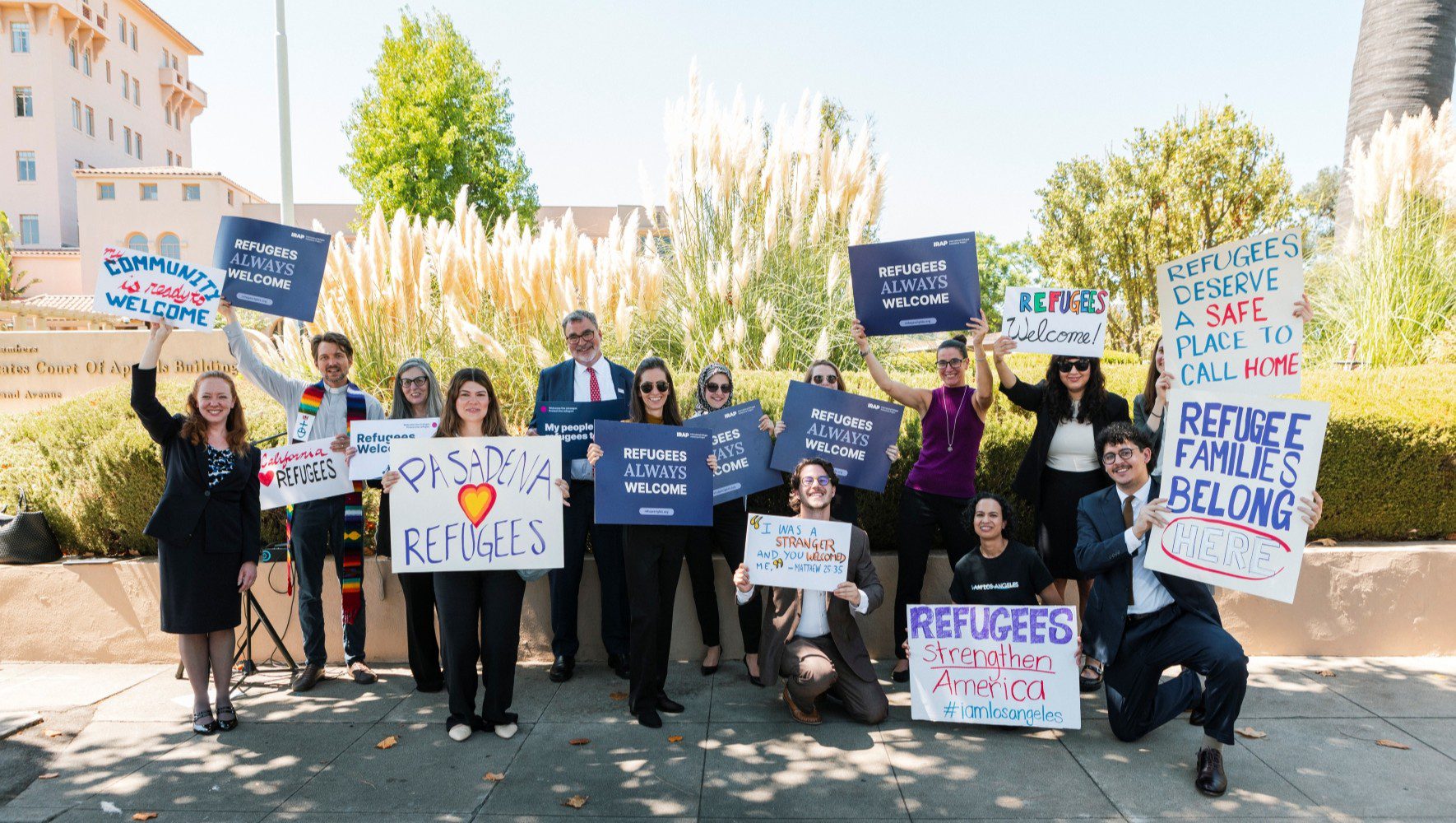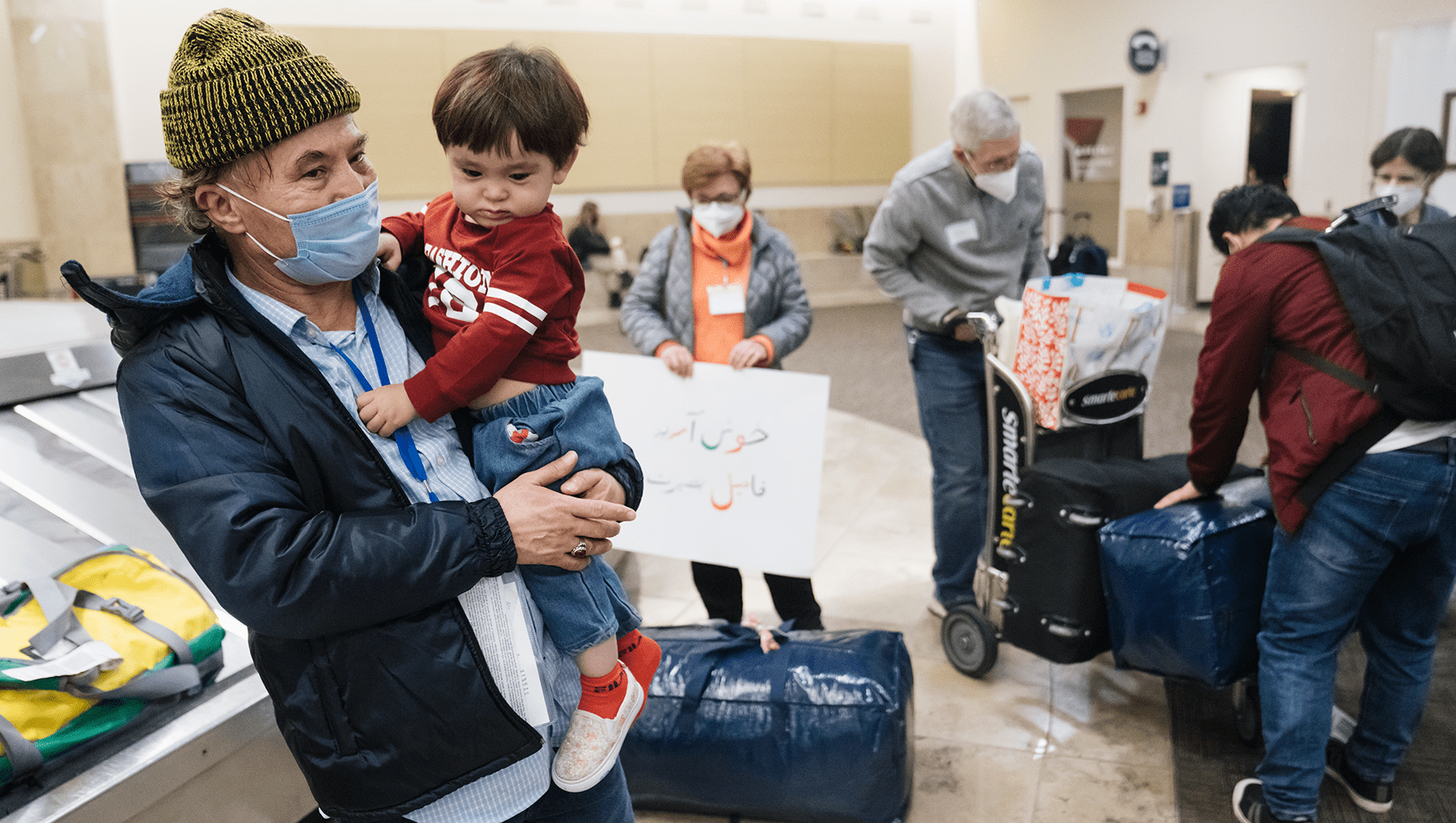What Does the President’s Budget Mean for Refugees?
Feb 09, 2016

A congressional aid unpacks boxes of President Obama's $4 trillion-plus Fiscal Year 2017 budget in the Cannon House Office Building in Washington, D.C., February 9, 2016.
(Gabriella Demczuk/Getty Images)
Even though it may feel like 2016 has just begun, the federal appropriations process for 2017 is already underway. President Obama revealed his budget request today, and deep within the charts and appendices lies his plan for refugees.
The President intends for the United States to resettle 100,000 refugees in FY 2017, and so asks Congress to provide:
-
$2.799 billion for the State Department’s Migration and Refugee Assistance account, which funds both overseas refugees assistance and refugee admissions;
-
$2.185 billion for Refugee and Entrant Assistance, which is administered by the Office of Refugee Resettlement and funds resettlement-related services for refugees, asylees, survivors of torture, and unaccompanied children;
-
$10 million for the State Department’s Emergency Refugee and Migration Assistance account, which allows the government to meet unforeseen needs during emergencies;
-
and $1.975 billion for the International Disaster Account of the U.S. Agency for International Development, which funds humanitarian assistance to internally displaced persons around the world.
Now Congress just needs to fund these requests, which is easier said than done.
The U.S. Refugee Admissions program has been chronically underfunded for decades. The Office of Refugee Resettlement (ORR), housed within the Department of Health and Human Services, has been particularly hard hit in recent years. ORR was established in 1980 with a clear and narrow focus of helping refugees, but over the past three decades its mandate has grown, the populations it serves have become more varied, their needs more complex, and their numbers more difficult to predict. Unfortunately, ORR’s budget has not kept pace with its expanded responsibilities, its evolving challenges, the cost of living or even inflation. As a result, ORR has been forced to divert funds away from refugee resettlement to address unanticipated needs twice in the last five years. HIAS and other refugee protection organizations have urged Congress to set up a contingency fund for ORR to ensure that this does not happen again.
The next step in the government’s process is for the House and Senate Budget Committees to come up with a general agreement called the “budget resolution,” then various congressional committees in both chambers will draft their own proposals and deliberate on how much each account should receive. For refugee-related accounts, the key bills to watch are for “State, Foreign Operations, and Related Programs” and “Labor, Health, and Human Services, Education, and Related Agencies.” Ideally, all bills will pass and be signed into law before the new fiscal year begins on October 1. However, in recent years, several of the appropriations bills have not passed through their respective committees, and therefore Congress has passed legislative packages—like a long-term “omnibus” bill, a shorter-term “continuing resolution,” or even the famous hybrid “cromnibus” bill of 2014—in order to keep the government afloat.
We are in the throes of election season, and it’s safe to assume that this year’s appropriations process will be complex as ever. Still, HIAS and our partners will continue to urge Congress to provide robust funding to support refugees and the communities that welcome them. Particularly as we witness the largest global refugee crisis since World War II, the level of the U.S government’s funding for refugee accounts sends a message to the international community. In supporting refugees through resettlement and overseas services, we will continue our tradition of protecting some of the most vulnerable people in the world and maintain our legacy as a global humanitarian leader.



